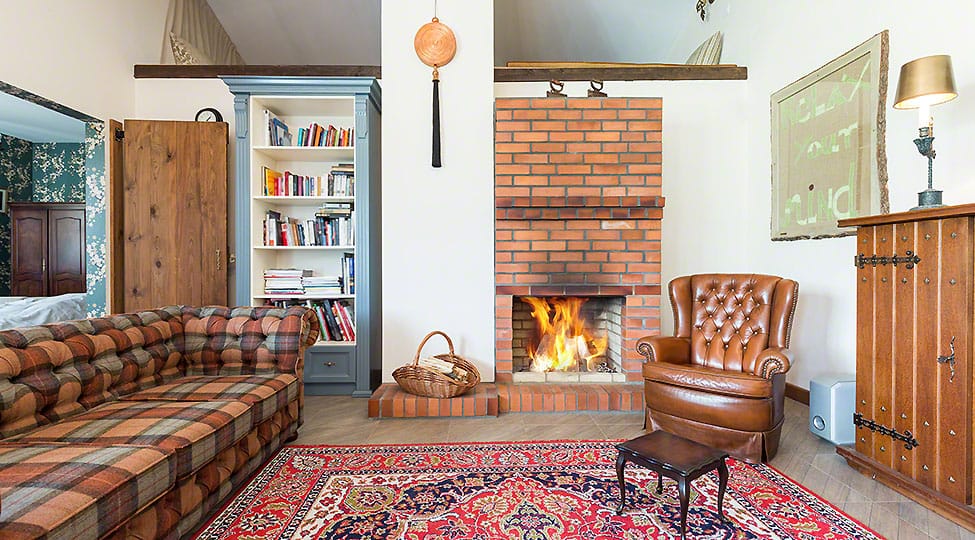
Fine quality rugs are priceless. They are investment pieces that can be passed down from generation to generation as family heirlooms.
However, genuine area oriental rugs are, at the moment, very rare. They are like expensive pieces of rare art that you can walk on and enjoy in your home.
As such, there are many counterfeits and imitations out there, and if you are not careful, you can easily be swindled by rogue and unscrupulous people in the market. Hence this article acts as a quick guide to identifying types of oriental rugs.
Origin
A genuine oriental rug is handmade. There is no evidence to show the exact time when oriental rugs were invented, but it is believed to have originated way back in the 5th century BCE in modern-day Siberia.
There are only a few ‘oriental countries’ in the world that produce oriental carpets. They include Iran (Persia), Turkey, Turkmenistan, India, Tibet, Morocco, etc. In these countries, the rug-making culture and people are considered valuable national treasures.
Making a single rug by hand is very intricate. It takes a lot of time to complete each of the original intricate designs, from making the vegetable dyes to dying the thread to the actual hand-knitting of each Senneh knot. This process can take even a year.
This is why, although machines can make the rugs in an easier process, they can not be called oriental rugs, and neither can they match in quality. So here is what to look for when looking to identify genuine oriental rugs.
The Color Variations
Oriental rugs are handmade and therefore are not perfect. If the color pallet and coordination are too perfect, then it is likely factory-made. The whole process is done by hand, and therefore, it is improbable that the final product will be perfect.
For example, the wool or silk might likely have been dyed in different batches, and thus, the color would be a shade or two lighter. The slight color variation or the incoordination in knotting is what make the rugs unique and valuable.
Rug Knot Count or Density
Imagine the tech intricacies that go into making a screen resolution. Now take the same concept and imagine someone trying to put a whole generation of culture into a single mat. Each knot will be well calculated and will serve a purpose.
Each knot determines the uniqueness, complexity, and uniqueness of the rug. Hence, there are no two oriental rugs that are identical. The same can not be said for the machine-made rugs where the machine is just duplicating stuff randomly.
Grid Lines and Fringe
The finish will hardly be perfect. The edge of the rug is made by warping threads together in the knotting process. The edge is basically part of the whole rug, and separating it would make the entire carpet fall apart.
This is not the case with a factory-made rug. Most times, the edge is sewn on after the carpet the rug comes out of the machine. Therefore, inspecting the fringe and grid lines is a sure way to tell if the rug is an authentic oriental rug.
Material
Oriental rugs consist of nothing synthetic. They are made from natural materials such as pure silk, camel hair, and sheep’s wool. Some carpets combine sheep’s wool on the surface and cotton on the warp (high-quality carpets are made from pure silk).
Although also made from wool, most factory-made carpets have traces of synthetic fibers – especially on the warp. The quality of the material is not as pure as authentic oriental rugs.
Conclusion
For an amateur, it is not easy to tell original antique rugs Vienna VA from machine-made imitations. A good imitation looks as good as the original. However, they are not the same. Not the quality, nor the value.
Hence, it is important to know what to look for when identifying the original from the fake. The points above – either alone or together – can give you a good idea of whether the rug is genuine or not.